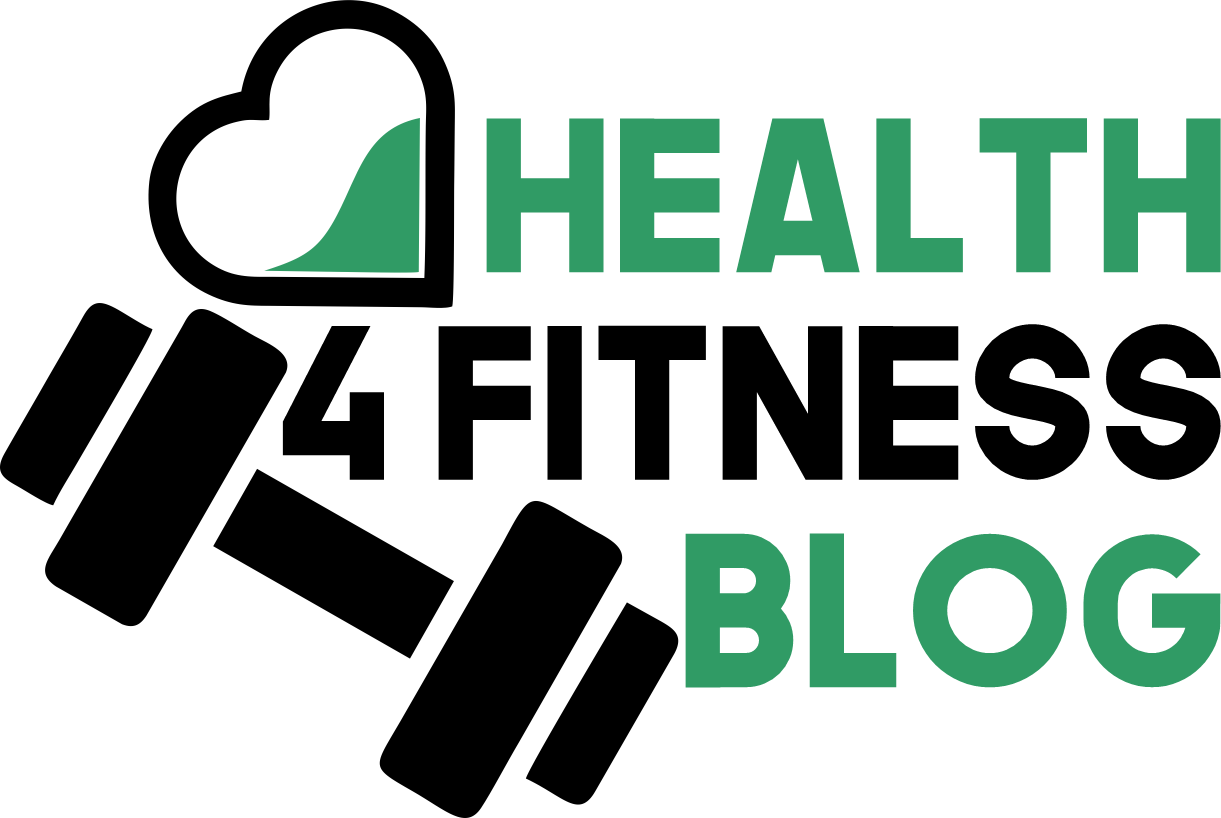Introduction
Curry leaves (Murraya koenigii) are aromatic green leaves widely used in South Asian cooking and traditional medicine for centuries. Known for their unique citrusy and slightly nutty flavor, they add depth and aroma to many dishes, especially curries and rice preparations. Apart from their rich taste, curry leaves are valued for a range of health benefits supported by modern research.
One of the great advantages of curry leaves is their versatility and ease of use. They can be easily added fresh, dried, or as powdered supplements to enhance both flavor and nutrition in everyday meals. Whether sautéed in oil at the start of cooking or infused into soups and sauces, incorporating curry leaves into the diet is simple and practical, making them accessible for culinary and health purposes alike.
Definition Of Curry Leaves
Curry leaves, scientifically known as Murraya koenigii, are aromatic leaves native to South Asia, particularly India, Sri Lanka, and Bangladesh. Although they share the name with curry powder, curry leaves are the actual leaves of the curry tree and differ significantly from the spice mixture. These fresh, glossy green leaves possess a unique citrus-like aroma and have been used for centuries in both culinary applications and traditional Ayurvedic medicine.
The curry tree belongs to the Rutaceae family and is widely cultivated across the Indian subcontinent, except at higher Himalayan elevations. Fresh curry leaves are predominantly used in South and Southeast Asian cooking, where they are typically fried with oil, mustard seeds, and onions as a base flavoring agent.
Properties Of Curry Leaves
Phytochemical Composition
Curry leaves contain an impressive array of bioactive compounds that contribute to their therapeutic properties. Research has identified numerous beneficial substances including alkaloids, glycosides, and phenolic compounds. The leaves are rich in specific compounds such as linalool, alpha-terpinene, myrcene, mahanimbine, caryophyllene, murrayanol, and alpha-pinene.
The primary alkaloids found in curry leaves include girinimbine, mahanine, mahanimbine, isomahanimbine, murrayazolidine, and murrayazoline. These carbazole alkaloids are responsible for many of the plant’s pharmacological activities, particularly its anti-inflammatory and antioxidant effects.
This information is supported by a comprehensive scientific review of curry leaves’ medicinal properties which details the bioactive compounds and pharmacological effects of Murraya koenigii.
Antioxidant Properties
Multiple studies have demonstrated curry leaves’ potent antioxidant capacity. The benzene fraction of curry leaves showed maximum antioxidant activity (3510.4 μmol) at 100 μg/mL, followed by ethyl acetate and petroleum ether fractions. These antioxidant effects help neutralize free radicals and reduce oxidative stress, which is associated with chronic disease development.
The antioxidant activity is attributed to various phenolic compounds, monoterpenes, and carbazole alkaloids present in the leaves. Research indicates that curry leaf extracts provide significant protection against oxidative damage in multiple organ systems including the nervous system, heart, brain, and kidneys.
Benefits of Curry Leaves
Blood Sugar Management
Clinical studies have demonstrated curry leaves’ effectiveness in managing diabetes. Research published in multiple peer-reviewed journals shows that curry leaf extracts significantly reduce blood glucose levels in diabetic animal models.
In one study, treatment with Murraya koenigii extract at 500 mg/kg showed significant restoration of blood glucose and HbA1C levels compared to control groups. The maximum reduction in fasting blood glucose levels reached 57.76% in rats treated with aqueous extract. These effects are attributed to the leaves’ ability to influence insulin activity and protect pancreatic beta cells.
Cardiovascular Health Benefits
Curry leaves demonstrate significant cardiovascular protective effects. Research indicates they can help reduce major risk factors for heart disease, including high cholesterol and triglyceride levels.
A clinical study involving menopausal women with hyperlipidemia found that daily consumption of 5g curry leaf powder for 45 days significantly reduced total cholesterol, LDL cholesterol, and triglycerides while increasing beneficial HDL cholesterol by 12%. Animal studies have shown that curry leaf extract containing mahanimbine prevented diet-induced complications such as high blood lipids, fat accumulation, inflammation, and oxidative stress.
The leaves contain compounds like alkaloids and flavonoids that assist the liver in metabolizing fats and preventing fat accumulation in the bloodstream. Additionally, their high antioxidant content helps reduce oxidative stress and inflammation, two key contributors to cardiovascular disease.
Iron Content and Anemia Prevention
Curry leaves are an excellent source of iron, making them particularly valuable for preventing iron deficiency anemia. Fresh curry leaves contain 0.93 mg/100g of iron, while dehydrated leaves contain significantly higher concentrations at 10.44-12 mg/100g.
This high iron content makes curry leaves especially beneficial for vegetarians and vegans who may have limited access to heme iron from animal sources. The iron in curry leaves is in a bioavailable form that can be effectively absorbed by the body, supporting hemoglobin production and oxygen transport.
Digestive Health Support
Traditional Ayurvedic medicine has long recognized curry leaves for their digestive benefits. The leaves possess mild laxative properties that help regulate the digestive tract and can be effective in treating both diarrhea and constipation.
Research indicates that curry leaves stimulate digestive enzymes, reduce indigestion, and support overall gastrointestinal health. Their anti-inflammatory and antimicrobial properties also contribute to maintaining a healthy digestive system.
Anti-inflammatory and Antimicrobial Effects
Studies have demonstrated curry leaves’ significant anti-inflammatory properties. Research shows that hydroalcoholic extracts rich in carbazole alkaloids significantly reduce inflammatory cytokines including IL-1β, IL-6, and TNF-α. The active compound girinimbine has been specifically identified for its ability to suppress inflammation by reducing pro-inflammatory cytokine levels.
The leaves also exhibit antimicrobial activities against various bacterial and fungal pathogens, making them useful for treating skin conditions, insect bites, and minor wounds.
Neuroprotective Properties
Emerging research suggests curry leaves may offer neuroprotective benefits. Studies indicate that curry leaf extracts can increase levels of brain-protecting antioxidants including glutathione peroxidase, glutathione reductase, and superoxide dismutase in brain cells.
Animal studies have shown that curry leaf extract may help protect against neurodegenerative conditions and improve memory scores in both young and aged subjects with induced dementia. These effects are attributed to the leaves’ ability to reduce oxidative damage in brain cells and enzymes associated with neurodegeneration.
Potential Anti-cancer Effects
Laboratory studies have identified anti-cancer properties in curry leaves. Test-tube research has shown that curry leaf extracts exhibit powerful anticancer effects against aggressive breast cancer cells and can alter the growth of various cancer cell types.
The alkaloid compound girinimbine has been specifically noted for inducing cancer cell death. Additionally, antioxidants in curry leaves including quercetin, catechin, rutin, and gallic acid contribute to these anticancer effects. However, human clinical trials are still needed to confirm these potential benefits.
Additional accessible information about the evidence-based health benefits of curry leaves is available for readers interested in a medically-reviewed overview supporting these health claims.
Uses Of Curry Leaves
Culinary Applications
Curry leaves are primarily valued as a culinary ingredient in South and Southeast Asian cuisines. They are typically fried in vegetable oil along with mustard seeds and chopped onions during the initial stages of cooking to release their aromatic compounds. The leaves are essential ingredients in dishes like kadhi, vada, and rasam, and are commonly used to flavor various curries and rice preparations.
In Cambodia, the leaves are cooked and used as soup ingredients, while in Java, they are often stewed to flavor gulai. While dried curry leaves are available, their aroma and flavor are significantly inferior to fresh leaves.
Traditional Medicine
In Ayurvedic and Siddha medicine, various parts of the curry tree including leaves, roots, and bark are used therapeutically. Traditional applications include using the leaves as tonics for digestion, as antiemetics for nausea, and for reducing fever.
The leaves and roots are traditionally used as analgesics, treatments for hemorrhoids, body heat reducers, and anti-inflammatory agents. They are also employed in managing skin conditions like leucoderma and various blood disorders.
Cosmetic and Hair Care
Curry leaves have traditional cosmetic applications, particularly for hair care. Fresh leaves are boiled with coconut oil until reduced to a black residue, creating an excellent hair tonic for maintaining natural hair color and promoting hair growth. Modern research supports these traditional uses, showing that curry leaf oil formulations can help maintain natural skin pigmentation and provide modest sun protection.
Therapeutic Preparations
Curry leaf supplements are available in tablet form, typically containing powdered organic curry leaves. These tablets are particularly recommended for individuals with iron deficiency due to their high mineral content. The tablets provide approximately 14 mg of iron, which represents about 100% of the average daily requirement for adults.
Conclusion
Curry leaves are a natural powerhouse of antioxidants, vitamins, and bioactive compounds that support multiple aspects of health. From managing blood sugar and cholesterol to promoting digestion, skin, and hair health, these versatile leaves provide easy and natural ways to enhance well-being. Backed by both traditional use and scientific research, incorporating curry leaves into daily meals is a simple, flavorful step toward better health.











